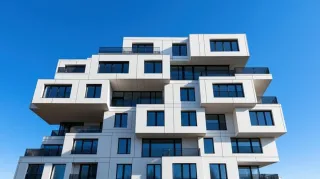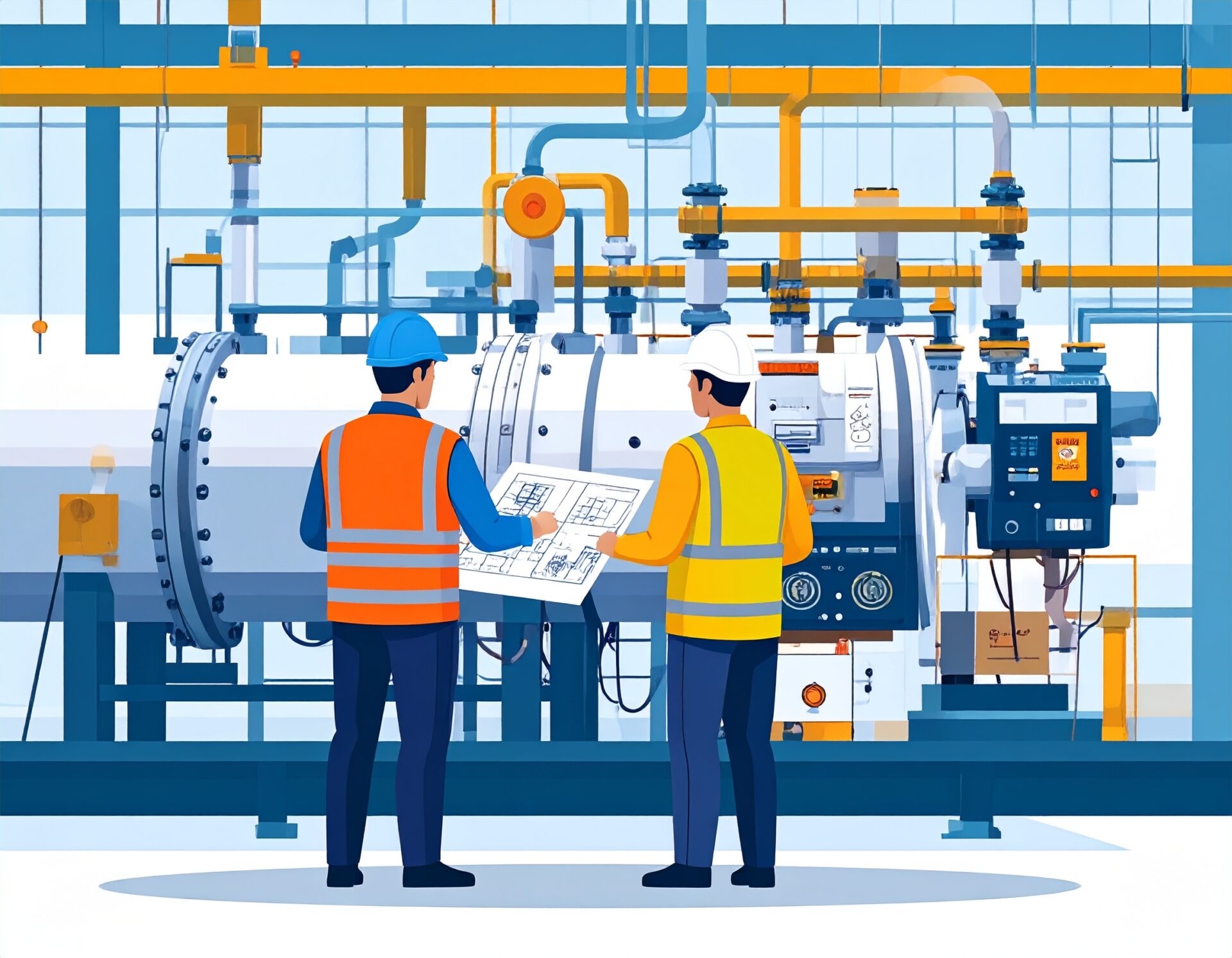Market Growth and Key Data Points
Over the last ten years, the modular and prefabricated construction market has expanded. According to a report by Grand View Research, the global modular construction market size was valued at $87.6 billion in 2022 and is now expected to grow at a CAGR of 7.1% from 2023 to 2030.
Key Statistics:
-
North America and Europe dominate the modular construction market, where adoption is rising across commercial and residential projects.
-
The Asia-Pacific region is expected to witness the highest growth, particularly in China, Japan, and India, due to rapid urbanization and infrastructure development.
-
Modular methods provide a 40% time advantage over traditional construction.
-
Modular construction can yield up to 20% cost savings through lower labor and material waste.
-
Modular construction significantly reduces waste, generating 50% less than traditional projects, and supports global sustainability goals.
Factors Driving Modular Construction Growth
1. Labor Shortages in the Construction Industry
One of the biggest challenges in the traditional construction industry is the shortage of skilled labor. According to the Associated General Contractors of America (AGC), 80% of contractors report difficulty finding qualified workers. Prefabrication and modular construction mitigate this issue by shifting a significant portion of construction work to controlled factory environments, requiring fewer on-site workers.
2. Faster Project Timelines
Time efficiency is a major advantage of modular construction. Buildings are constructed 30-50% faster than conventional methods because off-site manufacturing allows site work and building assembly to happen simultaneously.
3. Cost Efficiency
The controlled environment of modular construction leads to significantly less material waste and more predictable project budgets. This method also reduces developer costs for labour, site security, and temporary facilities.
4. Sustainability and Environmental Benefits
Traditional construction creates tons of waste, but modular methods offer a sustainable solution. By using precise material usage and recyclable materials, waste is drastically reduced.
5. Rising Demand for Affordable Housing
To tackle the affordable housing crisis, governments globally are backing modular construction. In the U.S., cities like Los Angeles and New York are actively using modular housing to combat shortages and homelessness.
6. Technology
BIM, AI designs, robots, and 3D printing are changing the game, making everything faster and higher quality.
Industries Benefiting from Modular Construction
Residential Housing
-
Prefabricated homes are cheaper, sustainable, and quicker to build.
-
The demand for tiny homes and accessory dwelling units (ADUs) is increasing.
Commercial Buildings
-
Hotels, hospitals, and schools are adopting modular methods due to their ability to deliver high-quality structures in record time.
-
Marriott International has built multiple modular hotels, demonstrating the viability of modular construction in hospitality.
Healthcare Facilities
-
Modular construction is widely used for hospitals and emergency care units, especially post-pandemic.
-
COVID-19 accelerated the need for rapidly deployable healthcare infrastructure and it is now seen as an industry standard.
Office Spaces
-
With the rise of remote work and flexible office spaces, modular buildings provide scalable, movable solutions for companies.
Challenges Facing Modular and Prefabricated Construction
While modular construction is booming, it’s not without its hurdles:
-
Setting up a dedicated modular construction factory requires substantial capital investment. This includes:
-
Land acquisition and development.
-
Construction or retrofitting of the factory building.
-
Purchase of specialised machinery and equipment.
-
Logistics and transportation issues: Large prefabricated components require special transport and handling.
-
Limited adoption in some regions: Traditional construction still dominates in markets with strict building codes and regulations.
-
Design limitations: Some consumers perceive modular buildings as lower quality, although modern advancements have greatly improved aesthetics and durability.
Future Trends in Modular and Prefabricated Construction
The future of modular construction is going to be driven by some seriously cool tech:
-
Smart Buildings Powered by IoT: Integrating the Internet of Things will lead to highly automated and energy-efficient modular buildings.
-
AI and Robotics Manufacturing: AI-driven design and robotic systems will improve accuracy and reduce costs, making modular construction more scalable.
-
Sustainable Materials: A strong emphasis on sustainability will drive the use of recycled materials, solar energy, and energy-efficient designs in modular projects.
-
Modular Construction for Large-Scale Infrastructure: Modular methods will expand beyond traditional buildings to include large-scale infrastructure projects like bridges, railways, and industrial complexes.
FAQs
1. Is modular construction more expensive than traditional construction?
While initial costs may be higher due to factory setup and technology investment, the overall cost is typically lower due to faster build times, reduced labor needs, and minimal material waste.
2. How durable are modular buildings?
Modular buildings often meet or exceed traditional construction standards. They are engineered to withstand transportation and assembly, making them incredibly durable.
3. Can modular buildings be customized?
Yes! Modular construction allows for high levels of customization, from design aesthetics to smart building integrations.
4. What is the average lifespan of a modular building?
A well-maintained modular structure can last 50+ years, similar to traditional buildings.
5. How does modular construction support sustainability?
-
Reduces waste by 50% compared to traditional construction.
-
Uses energy-efficient designs and materials.
-
Supports recycling and sustainable construction practices.
Building Your Modular Team
Modular construction’s booming, and that means we need more skilled people to keep things running smoothly and come up with new ideas. From factory workers and engineers to BIM experts and project managers, getting the right team together is key.
To thrive in the modular construction sector, these professionals are essential:
-
Modular Construction Engineers: Designing the future of prefabricated structures.
-
Manufacturing Technicians: Crafting the components that make modular buildings possible.
-
Project Managers: Orchestrating the successful delivery of modular projects.
-
BIM Specialists: Revolutionizing construction efficiency with digital modeling.
-
Logistics Coordinators: Ensuring seamless transportation and assembly.
-
Sustainability Consultants: Driving the industry towards greener building practices.
Attract Top Talent in Modular Construction with Talent Traction
Finding top-tier talent for your modular construction projects shouldn’t be a headache. We specialise in connecting hiring managers with skilled professionals—from engineers to logistics experts—ready to drive your projects forward. Let us handle all things talent for you.
Get in touch with Talent Traction today!




